Some northern animals switch from summer drab to pristine white as temperatures drop and fall gives way to winter snows. These animals change color with the seasons, unlike polar bears and snowy owls, which are white year-round. The cause is unclear.
The transformation to winter white fur may have other benefits than camouflage. If keeping hidden were the primary benefit, more snow dwellers would be white, say scientists.
Very few Arctic animals change color with the seasons, even those closely linked to them. White fur lacks melanin, which gives hair color, allowing air spaces in the hair shaft, and making it better at insulating. So now moving ahead let’s take a look at 6 such animals.
Hares
The Arctic hare (Lepus arcticus), mountain hare (L. timidus), and snowshoe hare (L. americanus) become brown or grayish to white in winter. Photoperiod—daytime light—may contribute to color alteration.
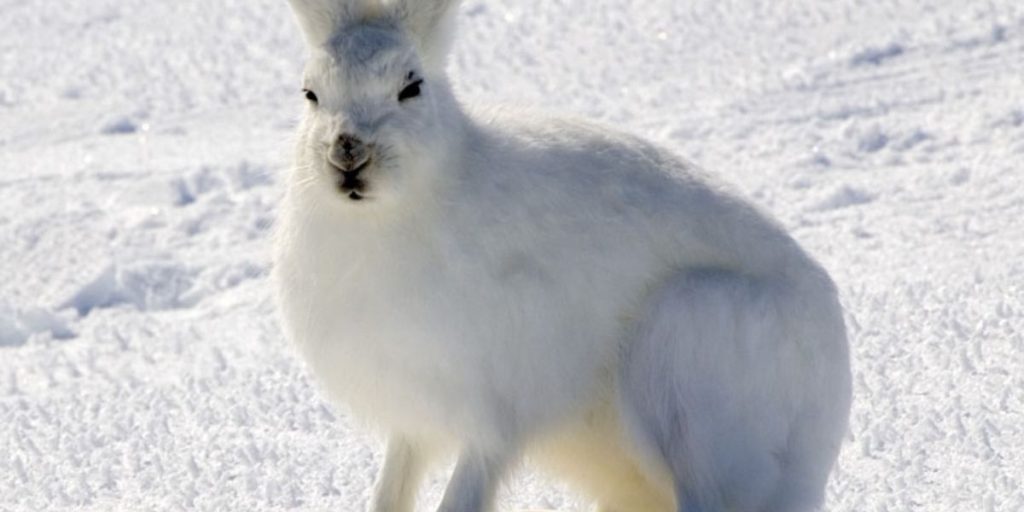
As the days shorten, retinal receptors send signals to the hare’s brain, switching brown hair to white, starting with the extremities. Global warming may threaten these species’ survival, according to one study. Reducing snow cover delays the color transition, forcing milk-colored animals to hide in earth-colored surroundings.
Weasels
Three weasels—the least (Mustela nivalis), the long-tailed (M. frenata), and the short-tailed (M. erminea)—change their summer browns to wintry whites. Perhaps best known as the ermine, the latter species has white winter hair save for the black tail tip.
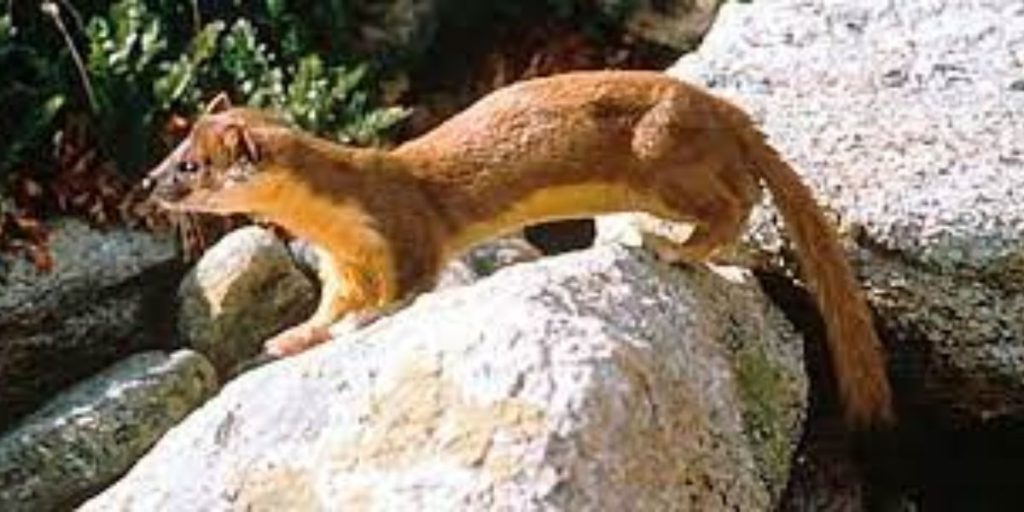
The distinctive fur trimmed royal and clerical attire. Most southern weasels don’t change color, but their northern relatives do. Some weasels only partially change color, leaving patchy white-and-brown fur. Color-changing weasels change color regardless of temperature or location, suggesting they also molt on photoperiod.
Collard Lemmings
The uncertain number of Dicrostonyx species go from brown or gray in the summer to white in the winter. Their genus is different from real lemmings, which are brown.
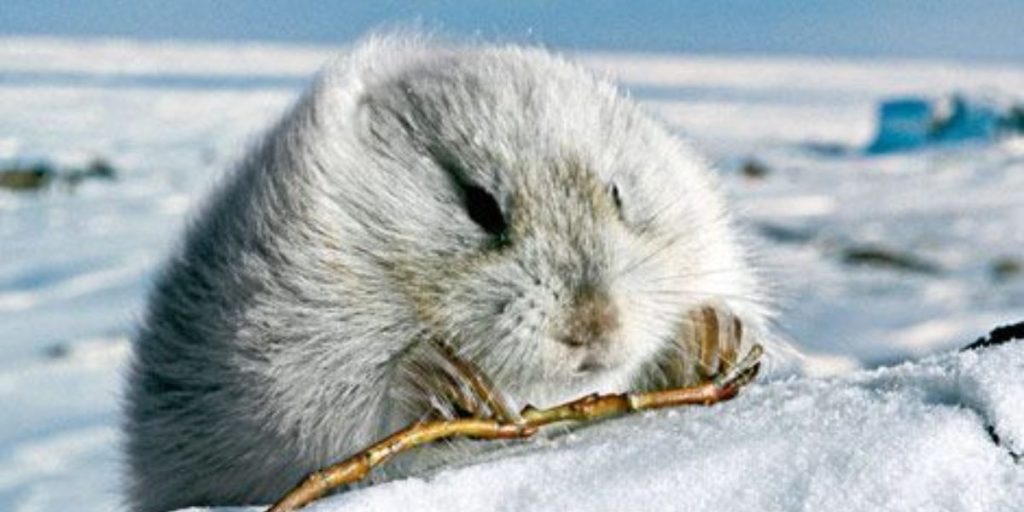
Camouflage seems unneeded since they spend most of their time tunneling under the snow. They even develop winter claws—extensions of the toe pads—to dig through drifts to build nests and reach Arctic willow branches for food. Eskimo people embellished their garments with their skins.
Ptarmigans
All three ptarmigan species—related to grouse, hens, and pheasants—trade their scalloped brown plumage for white feathers. They’re speckled in spring and fall, like the snow. Willow and rock ptarmigans (L. lagopus and L. muta) have black tail feathers, while the white-tailed ptarmigan (Lagopus leucura) turns completely white.
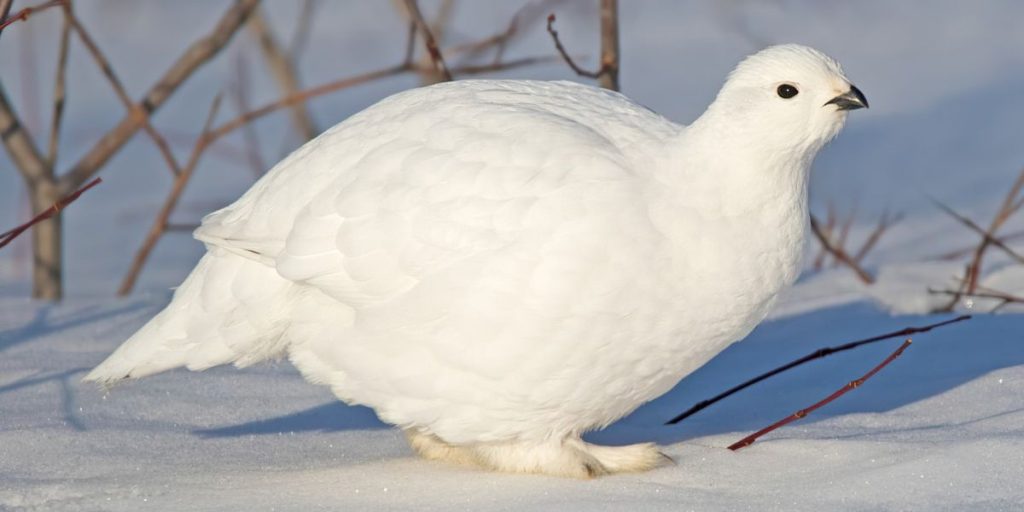
Ptarmigans design white footwear that matches their downy feet, which helps them walk on snow. Their winter feathers’ air bubbles, which may help in insulation, scatter light, making them look brighter than other white birds.
Siberian Hamsters
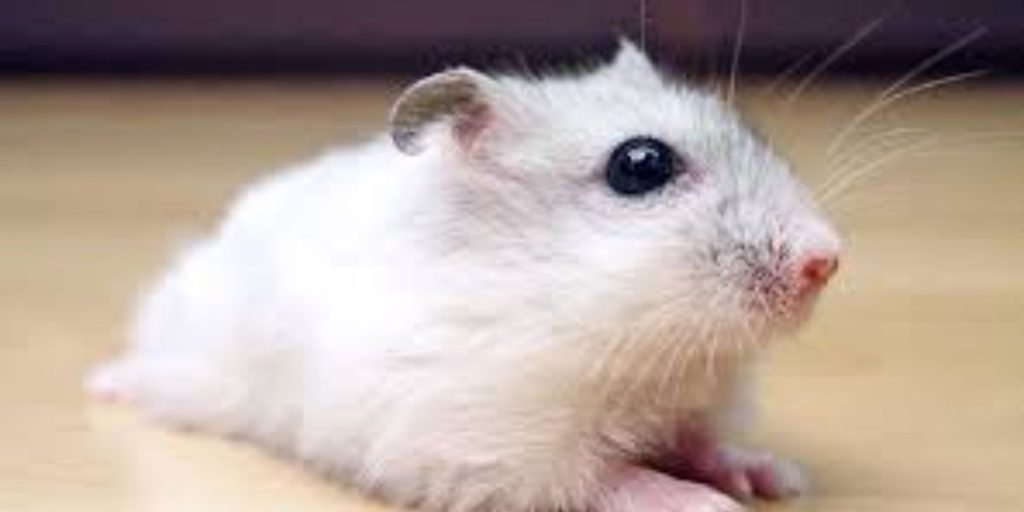
This is likely the sole pet animal on this list. If housed in natural light, the Siberian hamster, or Dzhungarian hamster (Phodopus sungorus), known as the “winter white,” will turn from silvery chinchilla to mostly white. Molting seems unaffected by temperature.
Arctic Foxes
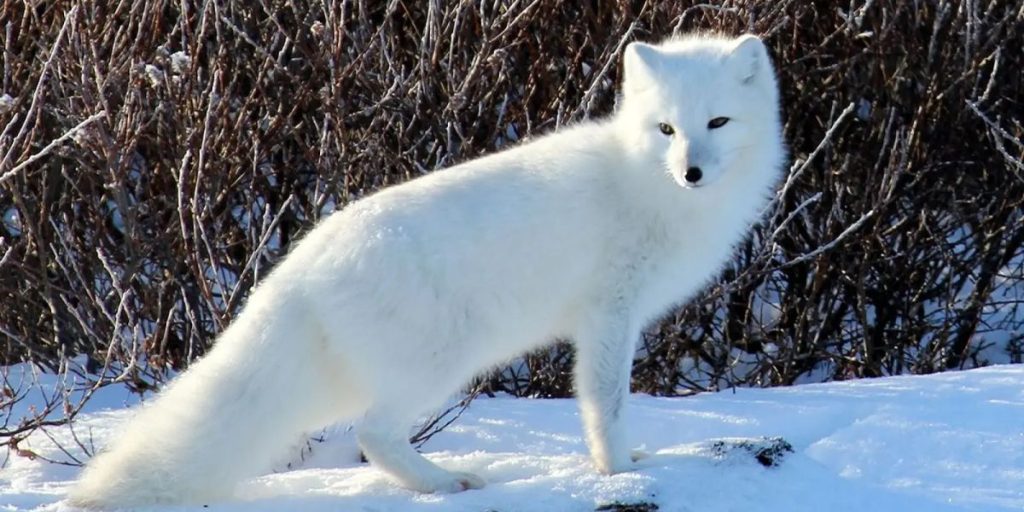
Arctic foxes (Vulpes lagopus) are brownish-gray in summer and white in winter. Strangely, Alaska and Canada’s coastline inhabitants are slate gray and lighten significantly in winter.
Fur trappers brought several of these to the Aleutian Islands to charge more for their oddly colored coats. Arctic foxes are preyed upon by their cousins, red foxes. Climate change has allowed the red fox to travel farther into the Arctic fox’s ice realm, outcompeting and sometimes consuming it.
SOURCE: Britannica